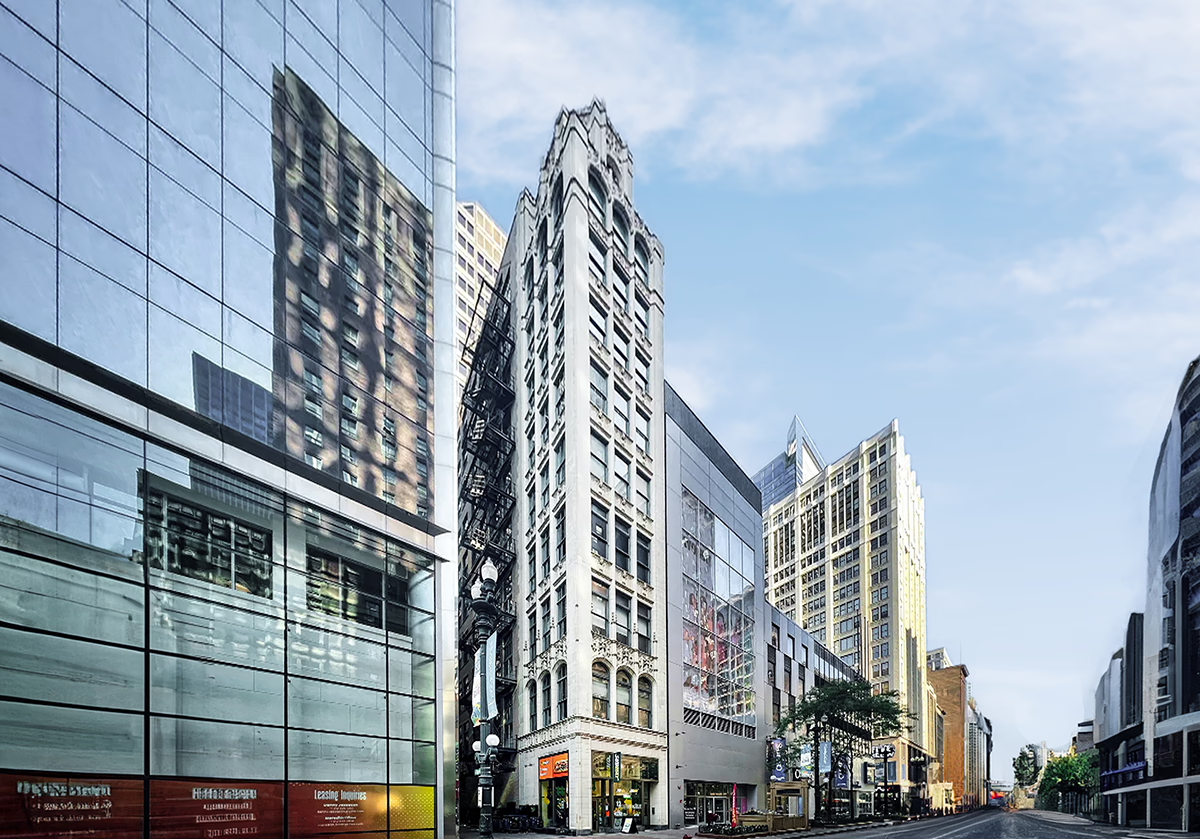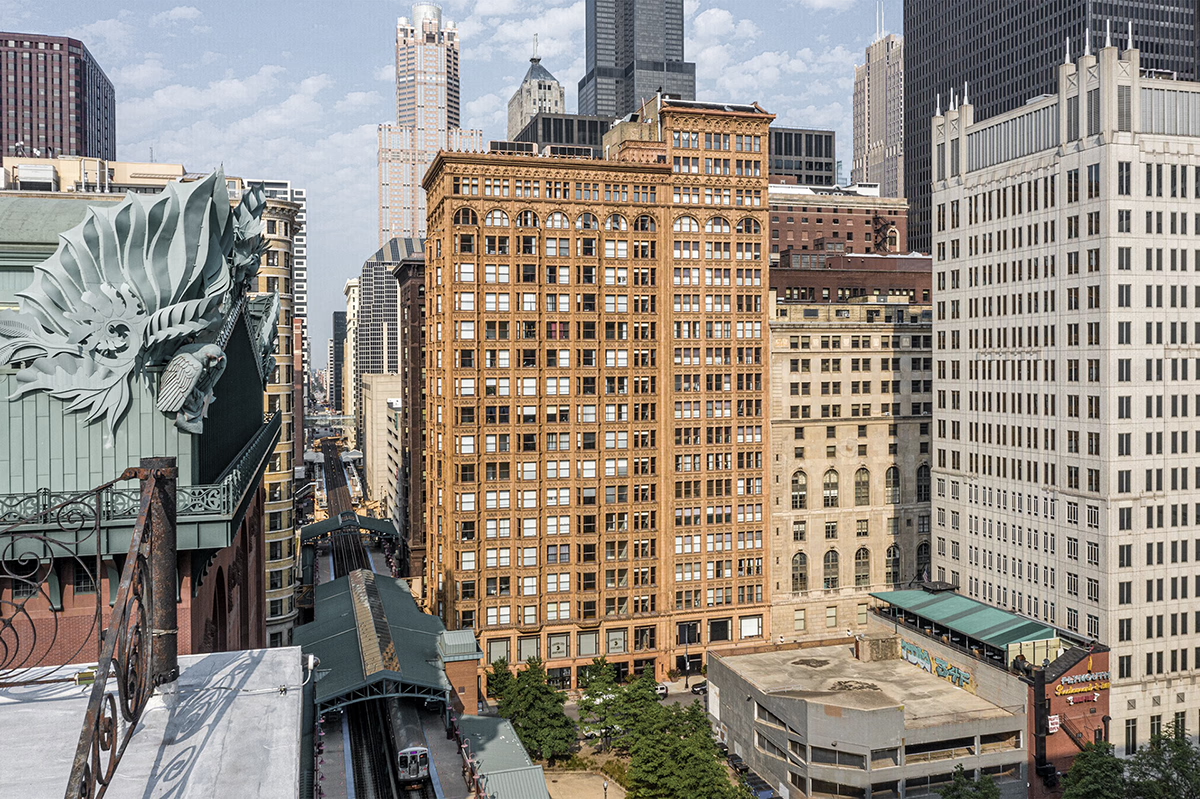Singer Building vs Fisher Building


Comparing the Singer Building and the Fisher Building is interesting because they both rise in Chicago, IL, yet they were conceived by two different design teams, Mundie & Jensen and D. H. Burnham & Company, and were completed at different points in time. They were finished over two decades apart.
This contrast within the same city allows us to see how different creative minds interpreted the evolving needs of Chicago across time.
Let's take a closer look!
Height & Size
The Fisher Building is clearly the larger tower of the two, both in terms of height and number of floors. It rises to 443ft (135m) with 30 floors above ground, while the Singer Building reaches 0ft (m) with 10 floors above ground.
Of course, each project may have faced different briefs or regulatory constraints, which we don't really know about and could also explain the outcome.
Architectural Style
Both the Singer Building and the Fisher Building were designed in line with the aesthetic conventions of the Neogothic style.
Both buildings were completed when the Neogothic style was already past its peak. This makes them feel like late echoes of the movement, more reflective of continuity or nostalgia than of cutting-edge design at the time.
Uses
The Singer Building is primarily residential, while the Fisher Building is primarily commercial.
Originally, the Singer Building was designed for commercial, but over time it was converted to residential. The Fisher Building by contrast has maintained its original role.
In terms of capacity, the Singer Building offers 9 apartments, while the Fisher Building provides 184 units.
The Fisher Building also provides 964 parking spaces.
Structure & Facade
Both the Singer Building and the Fisher Building rely on a Frame structural system.
A frame structure uses a grid of columns and beams to carry the building's loads. This frees the walls from structural duties, allowing for flexible floor plans and larger windows.
They also employ the same type of facade, a Masonry facade.
A masonry facade gives the building a heavier, more traditional appearance. It often conceals a frame structure behind it, creating the look of solid walls without carrying the main loads.
| Singer Building | Fisher Building | |
|---|---|---|
| Mundie & Jensen | Architect | D. H. Burnham & Company |
| 1925 | Construction Started | 1927 |
| 1926 | Year Completed | 1896 |
| Neogothic | Architectural Style | Neogothic |
| Commercial | Original Use | Commercial |
| Residential | Current Use | Commercial |
| 10 | Floors Above Ground | 30 |
| 2 | Number of Elevators | 20 |
| 9 | Residential Units | 184 |
| Frame | Structure Type | Frame |
| No | Facade Structural? | No |
| Terracotta | Main Facade Material | Limestone |
| Singer Manufacturing Company | Developer | Fisher Family |
| IL | State | IL |
| Chicago | City | Chicago |
| 120 S. State Street | Address | 3011 W. Grand Blvd. |